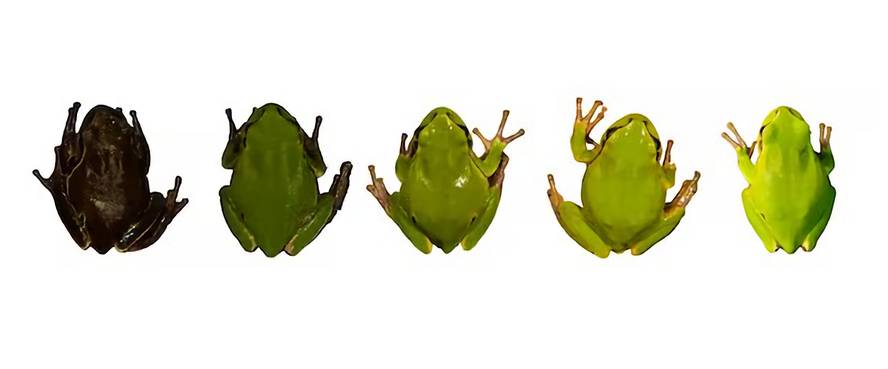Dark frogs better resisted Chernobyl radiation.

The protected areas of Chernobyl are darker than those nearby. In fact, melanin protects against radiation and it is likely that at the time of the accident the dark frogs have faced it better and have increased its incidence in the area. This is suggested by a study published in the journal Evolutionary Applications.
Between 2017 and 2019, 189 oriental tree frogs (Hyla orientalis) were studied at 12 points with different levels of radiation (one in a protected area and one outside). In addition to skin color, the radiation dose and oxidative stress collected by each frog were measured.
Almost all frogs found outside the protected area were bright green, the usual color of this species. In the protected area, on the contrary, they were remarkably darker, some of them black. And they saw that the darker frogs were in the hottest areas during the crash. Instead, they found no relationship between the level of radiation they currently receive and color.
Thus, the results suggest that the color difference is not due to current radiation and may be due to the natural selection of the initial radiation.





